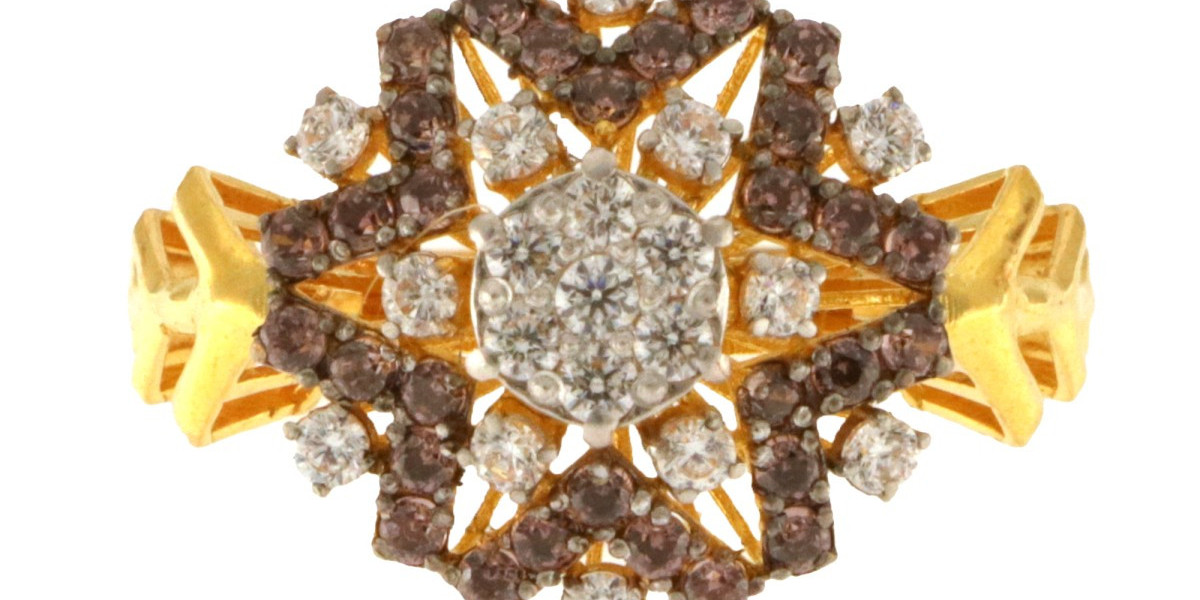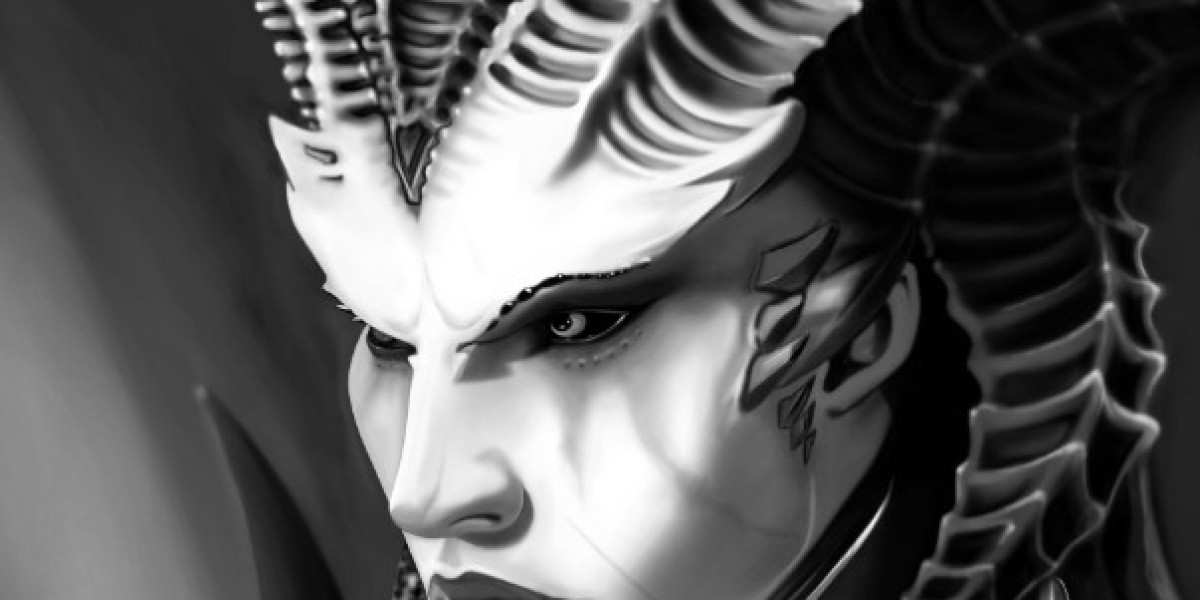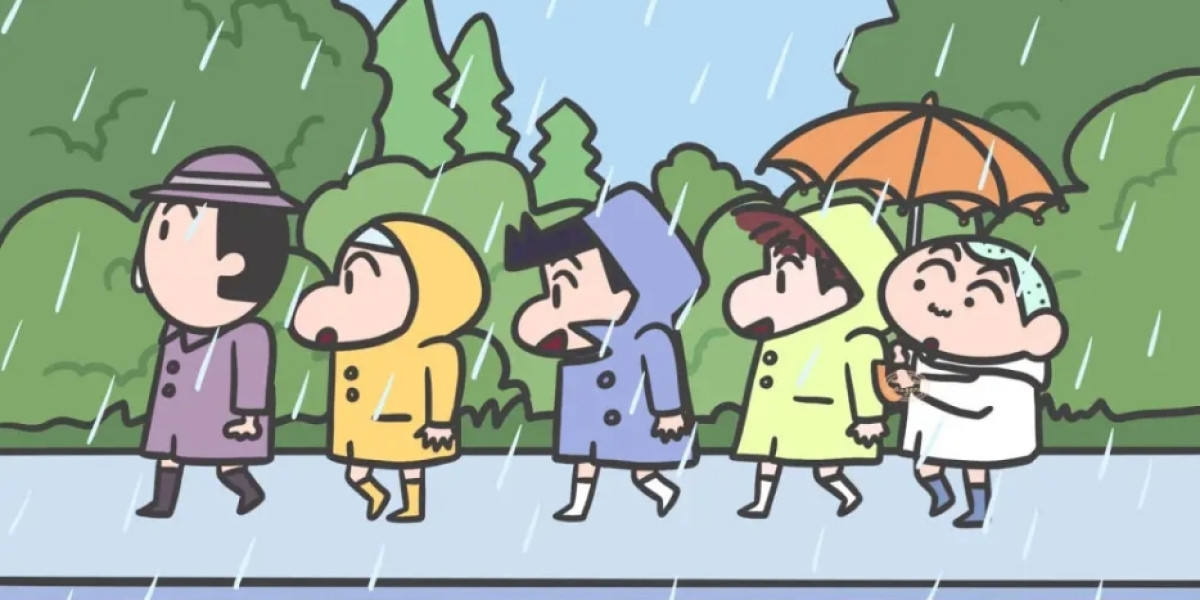Asian weddings are steeped in rich tradition and symbolism, with every element carefully chosen to reflect cultural heritage and values. Among the myriad customs and rituals, Asian wedding rings hold a special significance, serving as tangible symbols of love, commitment, and familial ties. In this article, we delve into the enchanting world of Asian wedding rings, exploring their historical roots, cultural significance, and timeless appeal.
Cultural Significance of Asian Wedding Rings
In many Asian cultures, wedding rings are more than mere accessories; they are sacred symbols of unity and prosperity. The exchange of rings during the wedding ceremony is a solemn ritual that signifies the beginning of a lifelong journey together. Asian wedding rings often incorporate elements of tradition, spirituality, and family customs, making them deeply meaningful heirlooms passed down through generations.
Historical Roots
The tradition of exchanging wedding rings dates back centuries, with roots in ancient civilizations across Asia. From ornate gold rings adorned with intricate patterns to simple bands symbolizing purity and unity, Asian wedding rings have evolved over time, reflecting changes in culture, religion, and societal norms.
Distinctive Features of Asian Wedding Rings
Asian wedding rings are renowned for their exquisite craftsmanship, intricate designs, and symbolic motifs. Here are some key features that set them apart:
Intricate Filigree Work: Many Asian wedding rings feature delicate filigree work, where fine gold wires are twisted and curled to create intricate patterns reminiscent of lace.
Symbolic Motifs: Rings may incorporate symbols such as dragons, indian gold rings phoenixes, lotus flowers, or double happiness characters, each carrying deep cultural and spiritual significance.
Gemstone Embellishments: Gemstones like rubies, emeralds, and sapphires are often used to add color and symbolism to Asian wedding rings. These stones are chosen for their auspicious meanings and aesthetic appeal.
Traditional Techniques: Traditional jewelry-making techniques such as Kundan, Jadau, and Meenakari are often employed, adding layers of artistry and tradition to the rings.
Regional Variations
Asian wedding rings vary significantly across different regions, each reflecting unique cultural influences and traditions:
India: Indian wedding rings are often elaborate and ornate, featuring intricate designs and vibrant gemstones. Traditional motifs such as paisleys, peacocks, and floral patterns are commonly seen.
China: Chinese wedding rings may incorporate symbols like dragons and phoenixes, representing prosperity and marital harmony. Rings may also feature auspicious colors such as red and gold.
Japan: Japanese wedding rings are characterized by their simplicity and elegance. Rings may feature minimalist designs with subtle engraving or pearl accents, reflecting the minimalist aesthetic of Japanese culture.
Contemporary Trends in Asian Wedding Rings
While traditional designs remain popular, modern trends have introduced new elements to Asian wedding rings, catering to the evolving tastes of today’s couples:
Fusion Styles: Couples are increasingly opting for fusion designs that blend traditional Asian motifs with contemporary aesthetics, creating unique and personalized wedding rings.
Customization: Custom-made wedding rings are on the rise, allowing couples to incorporate personal touches, initials, or meaningful symbols into their rings.
Ethical Sourcing: There is a growing demand for wedding rings made from ethically sourced materials, with couples seeking assurance that their rings are produced in a responsible and sustainable manner.
Choosing the Perfect Asian Wedding Ring
When selecting an Asian wedding ring, couples should consider the following factors to ensure it reflects their cultural heritage and personal style:
Symbolism: Choose a ring that incorporates symbols and motifs that hold personal or cultural significance.
Quality and Craftsmanship: Look for rings that are crafted with attention to detail and high-quality materials, ensuring durability and longevity.
Comfort and Fit: Ensure the ring is comfortable to wear and fits well, considering factors such as ring size, width, and weight.
Personalization: Consider customizing the ring to add a personal touch or incorporate meaningful symbols or initials.
Caring for Asian Wedding Rings
To maintain the beauty and longevity of asian wedding rings, couples should follow these care tips:
Regular Cleaning: Clean the ring regularly with a soft cloth and mild soap to remove dirt and oils.
Avoid Harsh Chemicals: Remove the ring before engaging in activities that may expose it to harsh chemicals, such as swimming or cleaning.
Proper Storage: Store the ring in a soft-lined jewelry box or pouch to prevent scratches and other damage.
Conclusion
Asian wedding rings are more than just pieces of jewelry; they are symbols of love, tradition, and cultural heritage. Whether adorned with intricate filigree work, symbolic motifs, or vibrant gemstones, these rings serve as tangible reminders of the sacred bond between couples. By choosing a wedding ring that reflects their cultural heritage and personal style and taking proper care of it, couples can cherish the timeless beauty and significance of their Asian wedding rings for generations to come.






